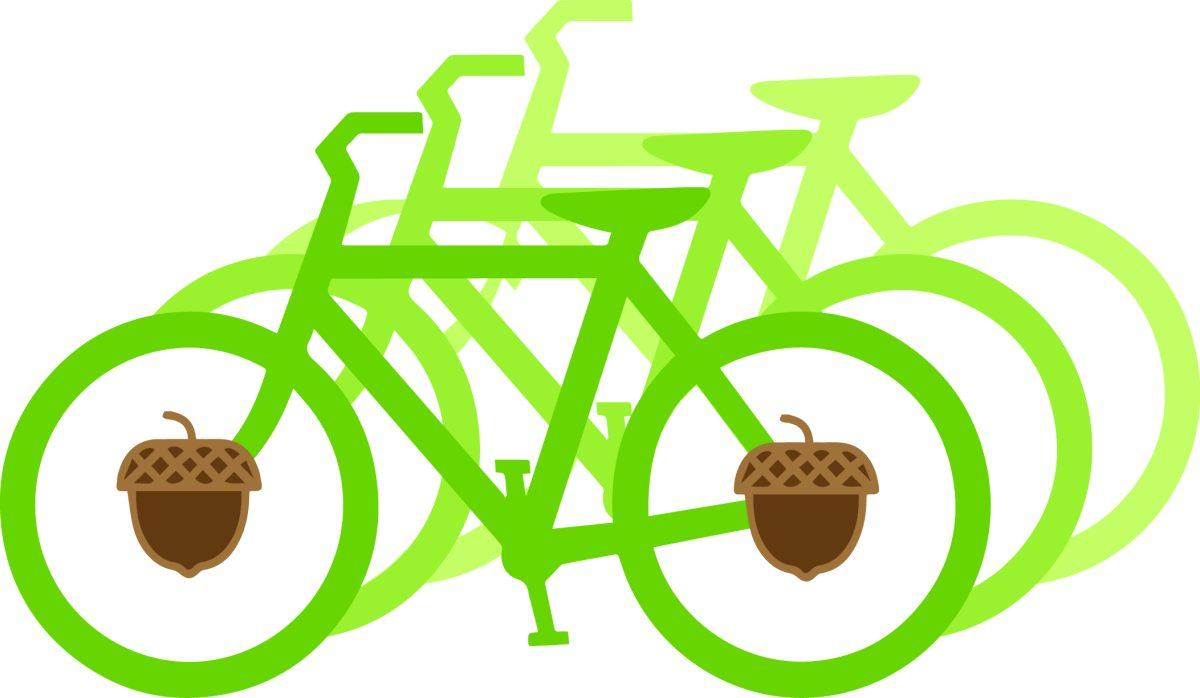Raleigh may be next to join the growing list of cities adopting bike-share programs in order to address the growing need for alternative transportation methods in the downtown area.
Bike-share programs have been growing in popularity across the United States and internationally since the middle of the 20th century. While a novel idea, these programs weren’t feasible until new technologies made keeping track of the involved equipment easier. Now major cities such as New York and San Francisco have successful programs, and Raleigh hopes to follow suit.
The city recently published a feasibility report that breaks down the costs and benefits of implementing bike-sharing in Raleigh. While the program is aimed at alleviating public transportation needs across the city, the benefits will extend to the NC State community as well.
The idea is to have places around city where commuters can come and pick up a bike for a small fee, ride to their desired location and drop off the bike at another bike station. Some cities have membership programs available, and others charge for the bikes based on the length of time they were checked out. Many of these details are still being considered for Raleigh’s program.
The exact location of the bike stations, places where bikes can be picked up and dropped off, is still being decided. The aim will be to have about five dedicated bike stations across NC State’s campuses, according to Kathryn Zeringue of University Transportation. Zeringue explained that the ultimate goal is to have one station per every quarter to half mile in the areas designated for the bikeshare stations.*
“Some important places to consider are D.H. Hill Library, Talley and Carmichael, and Hunt Library,” Zeringue said. “We believe that the upcoming pedestrian tunnel under Western Boulevard will create demand from Avent Ferry as well.”
The public is welcome to join in to the discussion. BikeRaleigh.org is now open for people to suggest and vote on where the initial bike-share stations are installed around Raleigh. A public comment period held by the city showed that people want a bikeshare station at the NC Museum of Art.*
The City of Raleigh released a demand analysis that showed several other hotspots for the bike-share stations. Key locations identified by the demand analysis are the universities in and around Raleigh, the Hillsborough Street corridor and Cameron Village.
Bryson Shelton, a senior studying human biology, said that if given the choice, he would greatly prefer riding a bike over taking the busses around campus.
“I think it would be quicker and more convenient,” Shelton said. “If this program had been around since I started going here, I probably would have been biking everywhere.”
One of the larger questions posed by this bike-sharing initiative is whether the program will be publicly funded, or if the private sector will be footing the bill. Brian Iezzi from the NC State bike sharing project said that this point is still being contested by city officials.
He also said the hope for the NC State community is to alleviate some of the pressure on the Wolfline system and offer students alternative methods of getting around campus and beyond.
“The bike-share will act as a supplement for the Wolfline and will allow more students to go downtown,” Iezzi said.
*On April 5 the Technician originally incorrectly reported that the bikeshare stations would be three for every half mile.
* On April 5 the Technician originally incorrectly reported that a heat map showed the NC Museum of Art as a popular location for a bikeshare station.








